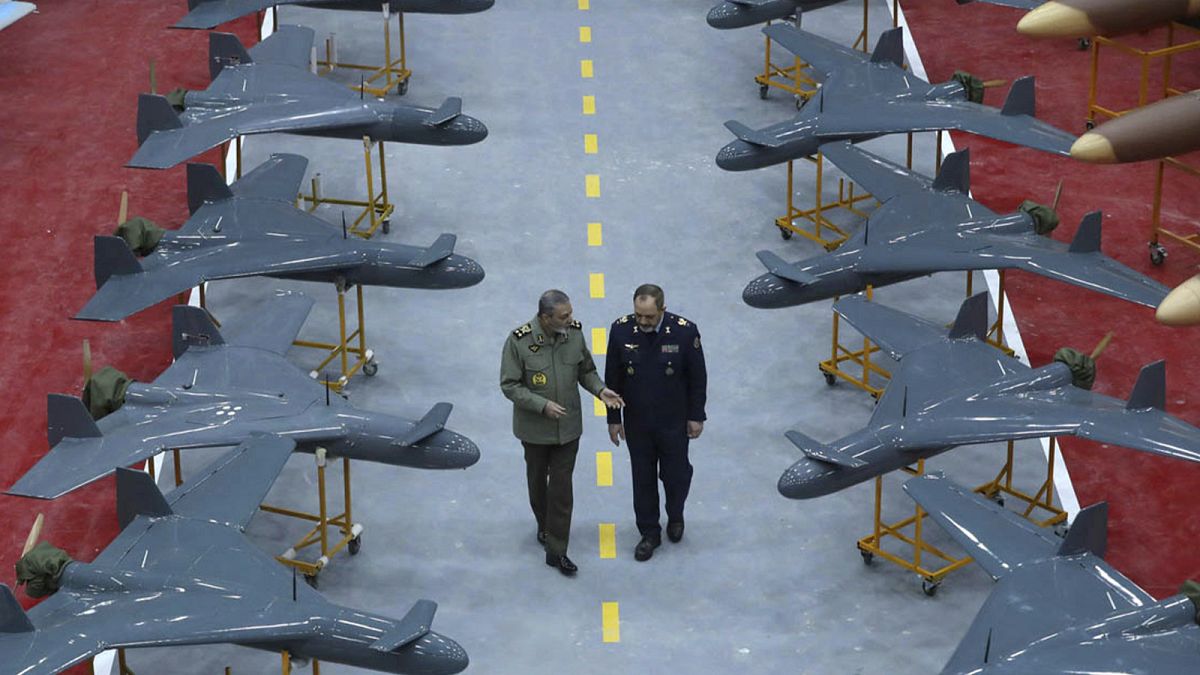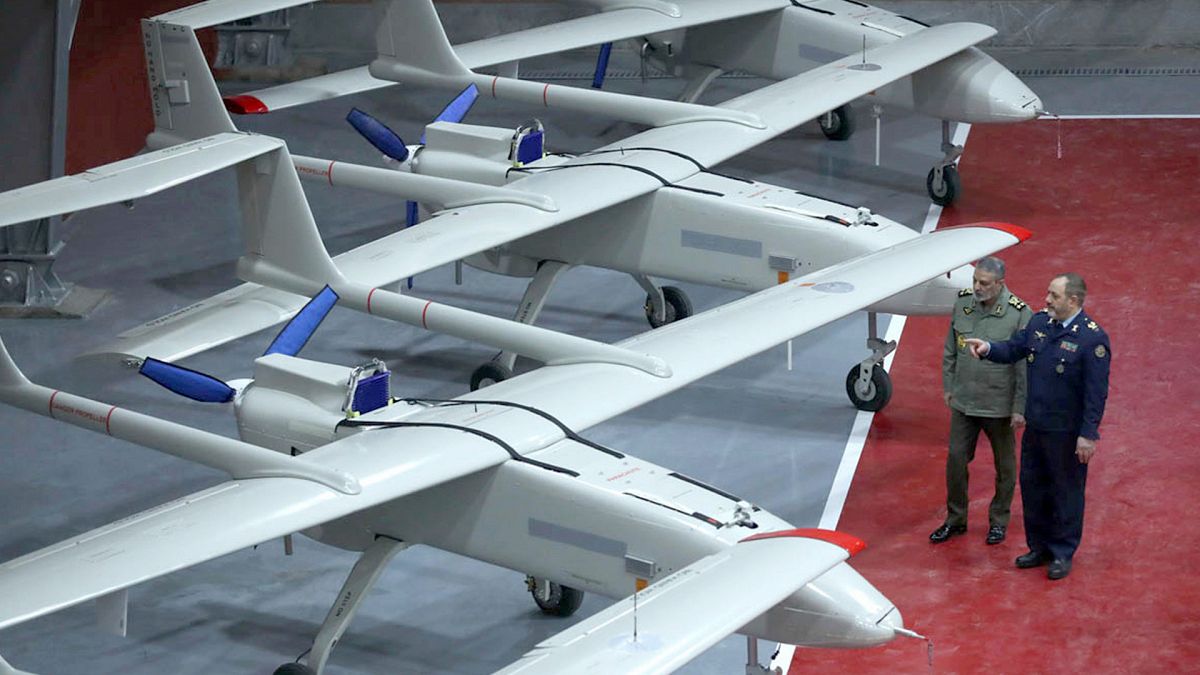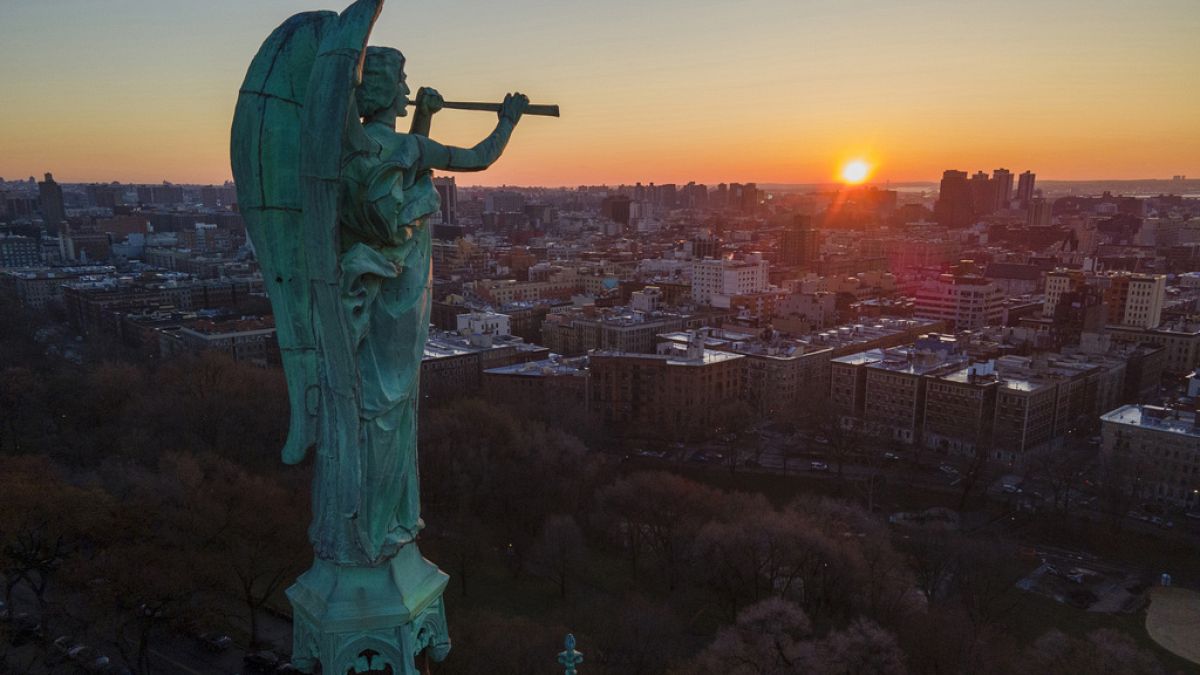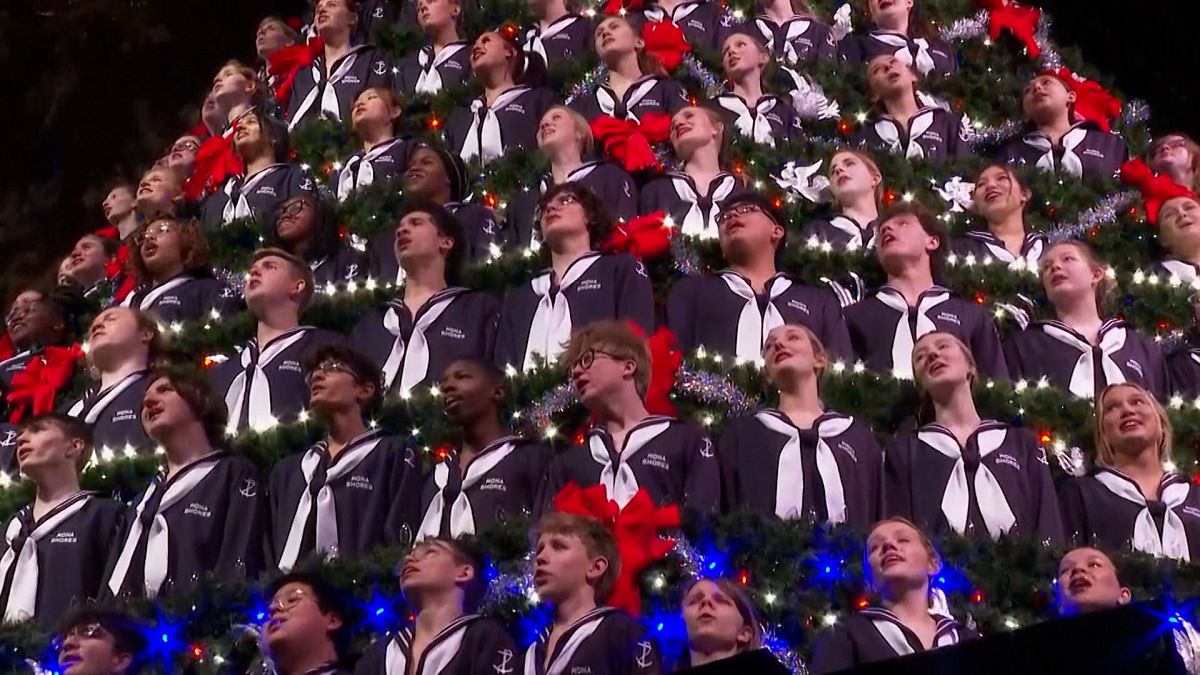SpaceX launches two lunar landers headed toward the Moon
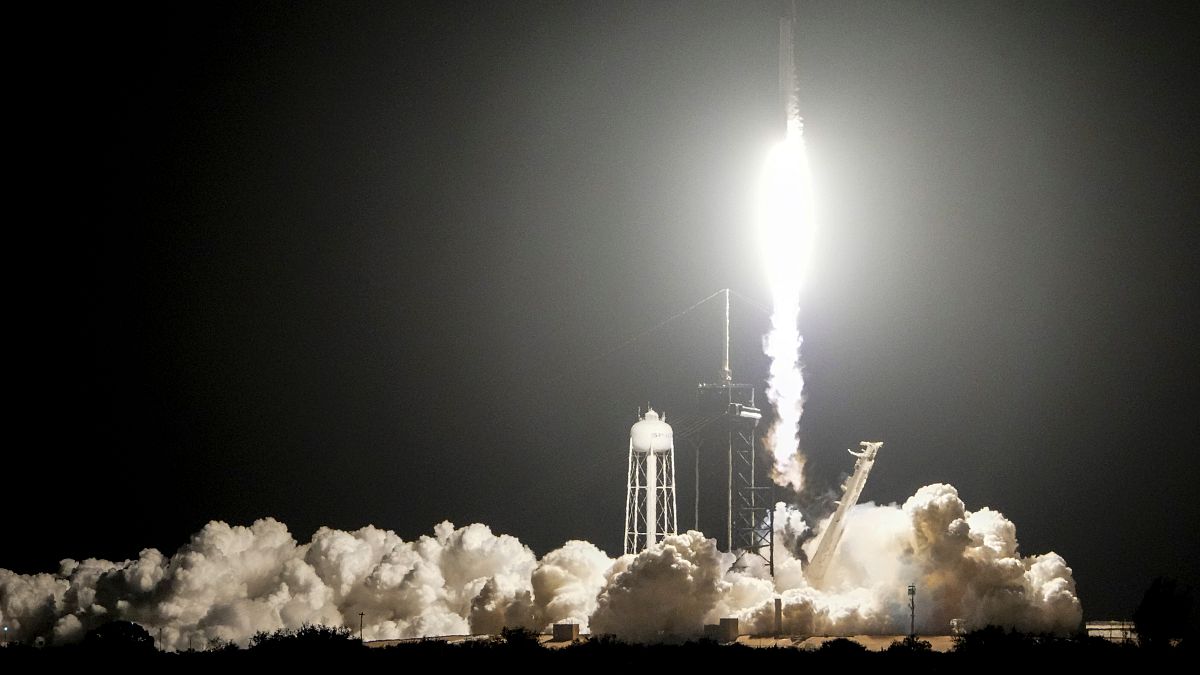
SpaceX launched a pair of lunar landers on Wednesday for private US and Japanese companies.
SpaceX launched a pair of lunar landers on Wednesday for two separate companies looking to jumpstart business on the Moon.
The two landers rocketed away in the middle of the night from NASA’s Kennedy Space Center in the US.
They shared the ride to save money but parted company an hour into the flight exactly as planned, taking separate roundabout routes for the monthslong journey.
This is the second launch for the Tokyo-based ispace, whose first lander crashed into the Moon two years ago.
This time, it has a rover on board with a scoop to gather up lunar dirt for study and plans to test potential food and water sources for future explorers.
Lunar newcomer Texas-based Firefly Aerospace is flying 10 experiments for NASA, including a vacuum to gather dirt, a drill to measure the temperature below the surface, and a device that could be used by future moonwalkers to keep the sharp, abrasive particles off their spacesuits and equipment.
Firefly’s Blue Ghost, named after a species of US Southeastern fireflies, should reach the Moon first.
The 2-metre tall lander will attempt a touchdown in early March at Mare Crisium, a volcanic plain in the northern latitudes.
The slightly bigger ispace lander named Resilience will take four to five months to get there, targeting a touchdown in late May or early June at Mare Frigoris, even farther north on the Moon’s near side.
Preparation as US aims to get astronauts back on Moon
“We don’t think this is a race. Some people say ‘race to the Moon,’ but it’s not about the speed,” Takeshi Hakamada, ispace’s founder and CEO, said this week from Cape Canaveral.
Both Hakamada and Firefly CEO Jason Kim acknowledge the challenges still ahead, given the wreckage littering the lunar landscape.
Only five countries have successfully placed spacecraft on the Moon since the 1960s: the former Soviet Union, the US, China, India, and Japan.
“We’ve done everything we can on the design and the engineering,” Kim said. Even so, he pinned an Irish shamrock to his jacket lapel on Tuesday night for good luck.
The US remains the only one to have landed astronauts. NASA’s Artemis program, the successor to Apollo, aims to get astronauts back on the Moon by the end of the decade.
Before that can happen, “we’re sending a lot of science and a lot of technology ahead of time to prepare for that,” NASA’s science mission chief Nicky Fox said on the eve of launch.
If the touchdowns are successful, both spacecraft will spend two weeks operating in constant daylight, shutting down once darkness hits.
Once lowered onto the lunar surface, ispace’s 5 kg rover will stay near the lander, travelling up to hundreds of metres in circles at a speed of a couple centimetres per second.
The rover has its own special delivery to drop off on the lunar dust: a toy-size red house designed by a Swedish artist.
NASA is paying $101 million (€96.7 million) to Firefly for the mission and another $44 million (€42 million) for the experiments. Hakamada declined to divulge the cost of ispace’s rebooted mission with six experiments, saying it’s less than the first mission that topped $100 million (€95.7 million).
Coming up by the end of February is the second moonshot for NASA by Houston-based Intuitive Machines. Last year, the company achieved the first US lunar touchdown in more than a half-century, landing sideways near the south pole but still managing to operate.
Source: Euro News


